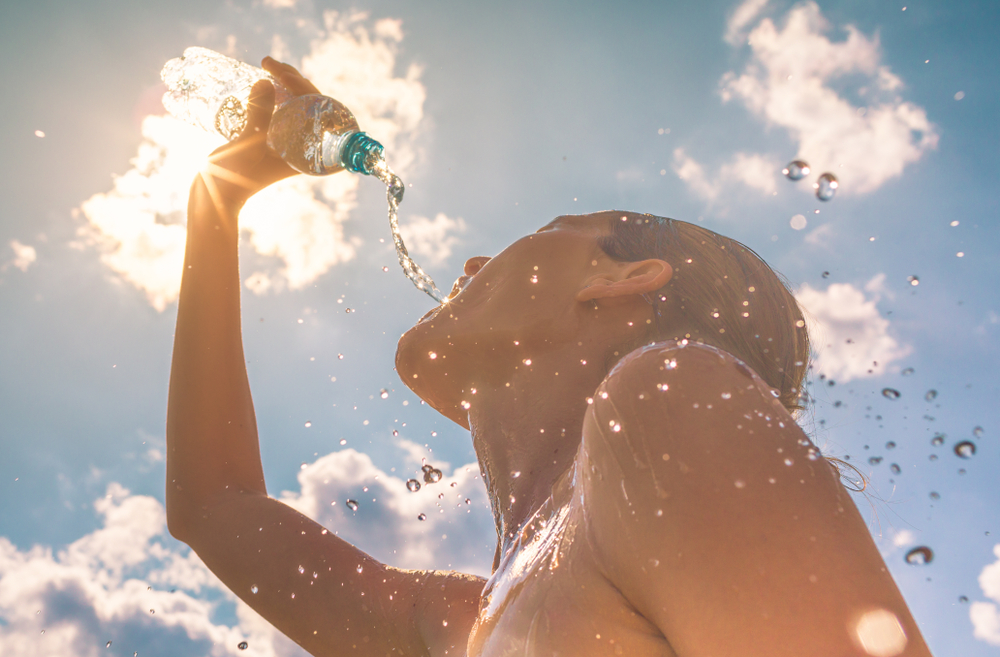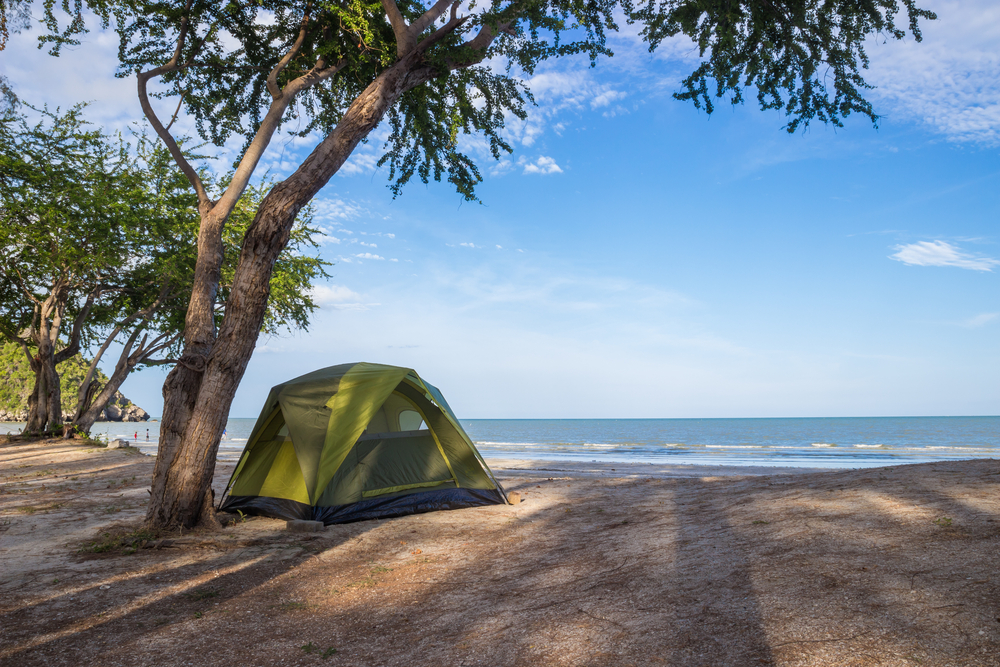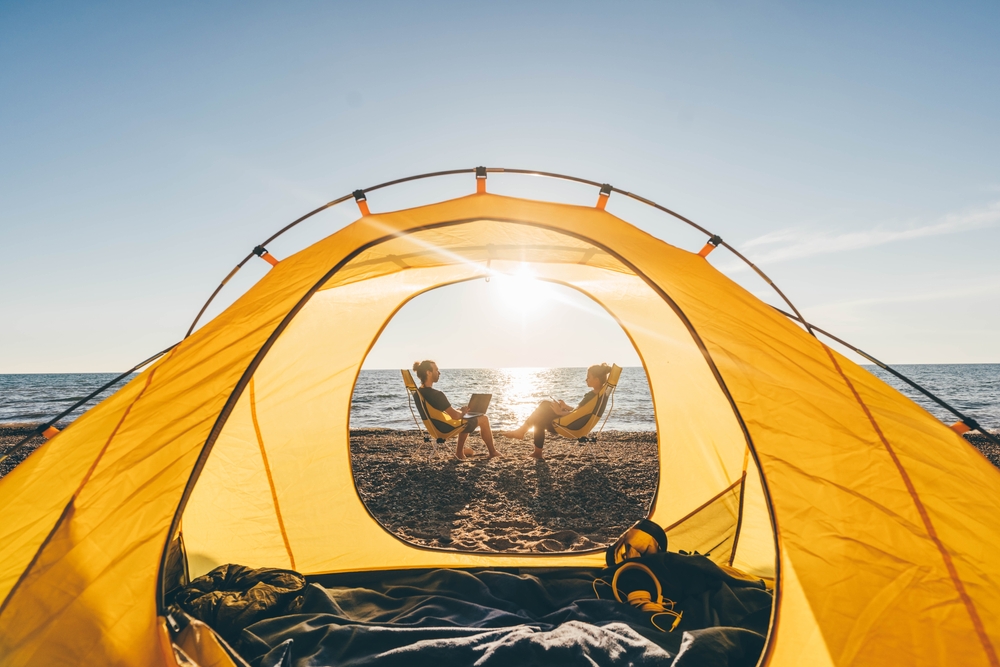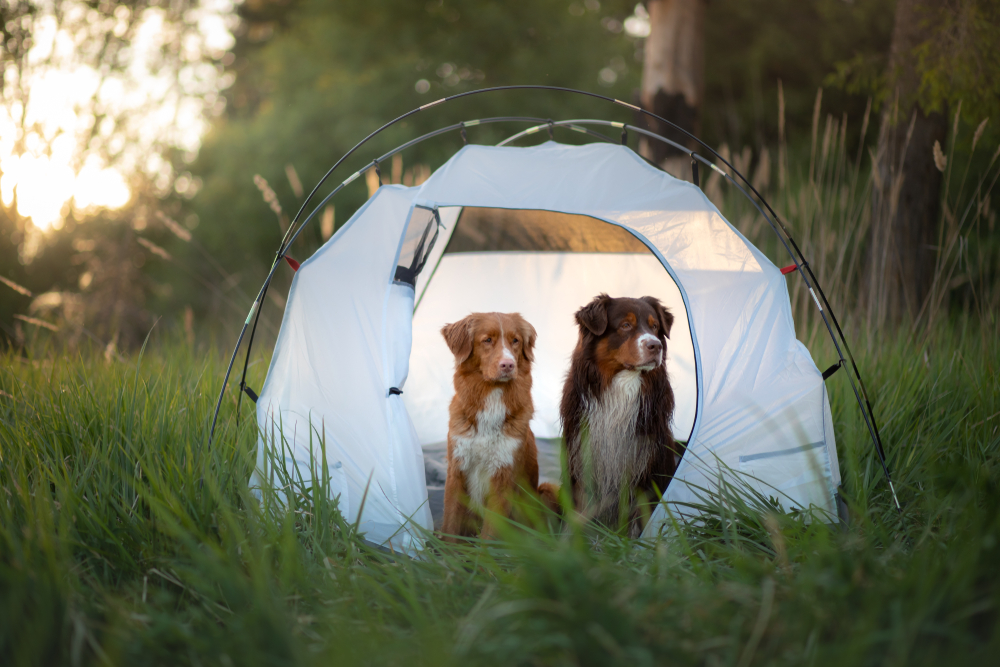Stay safe during hot weather with your kids and pets by following these tips, so you know how to detect signs of heat stroke and heat exhaustion on time.

There’s nothing worse than feeling sick on a vacation you planned for a long time. Luckily, some hardships like heat exhaustion and heat stroke can easily be prevented, and, in case they do occur, knowing how to recognize and treat them will enable you to enjoy the rest of your holiday.
What is the difference between heat stroke and heat exhaustion?
While heat stroke and heat exhaustion have similar causes and symptoms, one of the main differences is the severity of these two conditions. Heat exhaustion is a milder state; its effects typically pass after 30 minutes of cooling down. However, heat stroke is a more severe condition that requires immediate medical assistance. The longer treatment is postponed, the greater the damage becomes, raising the chances of major complications.

Signs of heat stroke
#1 High body temperature
The average body temperature ranges from 36.1°C to 37.2°C. However, extended exposure to hot summer weather may result in body temperature rising. Try not to dismiss what your body is telling you and measure the temperature with a thermometer. If it reaches 40°C and over, get help as soon as possible.
#2 Altered mental state and/or behavior
If you don’t stay aware of the heat, a simple day of having fun outside may lead to serious consequences. Heatstroke can cause various behavioral symptoms, including confusion, agitation, slurred speech, irritability, delirium, seizures, and even coma. To prevent these from happening, it’s best to take regular breaks to cool down.
#3 Different skin sensations
Heat stroke may occur not just because of the hot weather but also because you had some strenuous exercise. Different causes of heat stroke manifest through different skin symptoms, so if you have heat stroke brought on by hot weather, your skin will feel hot and dry to the touch, and if you have heat stroke brought on by vigorous activity, your skin may feel dry or somewhat moist.
Other signs of heat stroke may include a rapid and strong heart rate, nausea, vomiting, and headache. Some of these symptoms also correspond to heat exhaustion, but you’ll learn there are subtle differences that will enable you to tell them apart.
If you have pets, know that they, just like humans, can get heat stroke if they’re exposed to too much heat. Increased breathing rates, dry or sticky gums, odd gum color, bruising in the gums, confused behavior and seizures are all symptoms of heatstroke in dogs. If you notice any of these symptoms, here’s how you can react: lead your dog into shade, pour cool, but not cold water over it, and get some wet towels under your dog. It’s important to remember not to place wet towels over the dog, as they can, in case, worsen its condition.
Signs of heat exhaustion
#1 Pale skin
It’s just the opposite of what we expect to happen during sun exposure. If you notice your skin suddenly turning pale after being outside for some time, it’s best to remove any extra layers or unnecessary clothing and seek an indoor shelter.
#2 Overall weakness
If parts of your body feel difficult to move, you feel a lack of energy, and fatigue, a cold shower will be an instant remedy. It will decrease your body temperature and enable you to cool down. If a shower isn’t an option, you can use a cold compress as a relief.
#3 Heavy sweating
Sweating is the body’s mechanism to cool down. However, if you notice that you started sweating more than usual, it can be a symptom of heat exhaustion. The best way to deal with profuse sweating is to hydrate with water or sports drinks. Just remember not to take a large amount of liquid at once but to drink a smaller amount with breaks in between.

The important thing to know is that there are two types of heat exhaustion — water depletion and salt depletion. Depending on the exhaustion cause, symptoms can vary. For example, if you experience excessive thirst, weakness, headache, and loss of consciousness, you probably have water depletion. On the other hand, if you feel nausea, muscle cramps, dizziness, and start vomiting, it’s a sign of salt depletion.
If you suspect your dog is experiencing heat exhaustion, here are the signs to look out for: excessive panting, dehydration, rapid pulse, and extreme drooling can all be symptoms of heat exhaustion in dogs. React quickly by applying cool water around their ears and paws, placing them in front of a fan, and providing them with small amounts of lukewarm or cool water to drink.

Tips to avoid heat stroke and heat exhaustion
The best way to prevent heat stroke and exhaustion is to keep your body temperature cooler. You can achieve this by following these simple steps:
- Stay hydrated. If you’re outside in the sun or heat, drink two to four glasses of water per hour. Being in a hot environment causes you to sweat more, which results in your body needing more water than usual. Consumption of caffeine and alcohol is not recommended during heat, as these liquids can worsen heat-related illnesses.
- Wear lighter clothes. Opt for light-colored fabrics and looser fits that enable your skin to breathe. Linen and cotton clothing is a good choice, while polyester and other synthetic fabrics should be avoided.
- Take frequent breaks. People tend to get tired more easily during the heat, and that’s why it is important to give the body more time to rest. Enjoy nature in some shade and pause your hiking or outdoor activities during the hottest time of the day.
Summer is all about relaxing and having fun in the sun, so to be able to properly enjoy it, stay safe from the heat by following these tips. If, in any case, you feel some symptoms of heat stroke or exhaustion during your stay at Camping Village Šimuni, don’t be alarmed, as we are prepared to help at any time. Just call our reception and we’ll get you medical assistance or take you to the nearest emergency rooms in Novalja and Pag. We’ll do anything to make your vacation as comfortable as possible, so don’t hesitate to contact us whenever you please